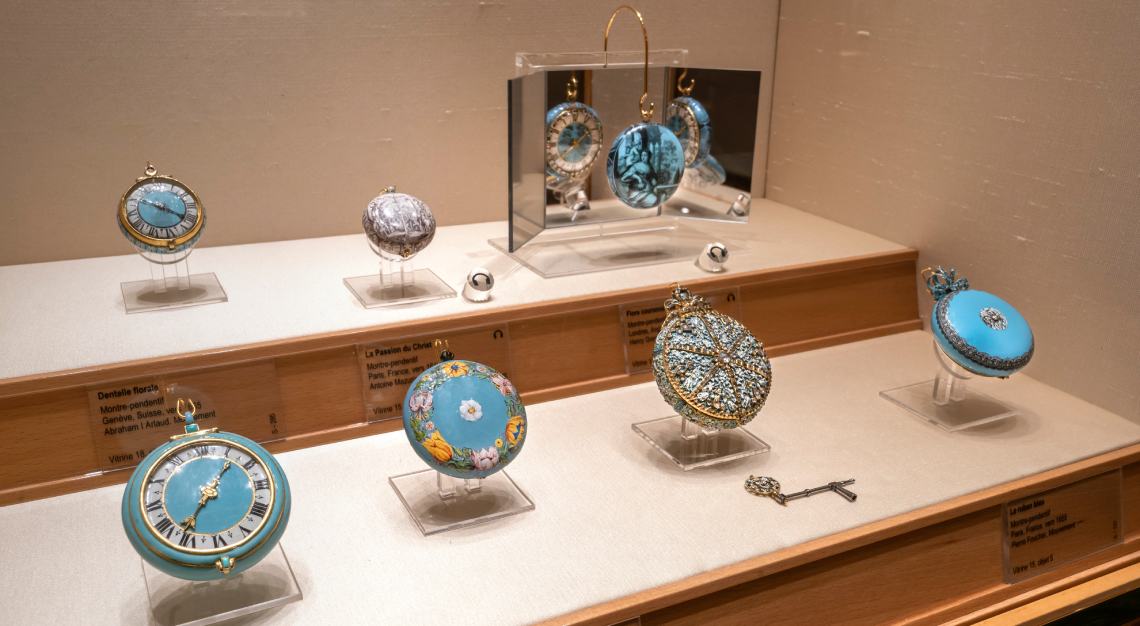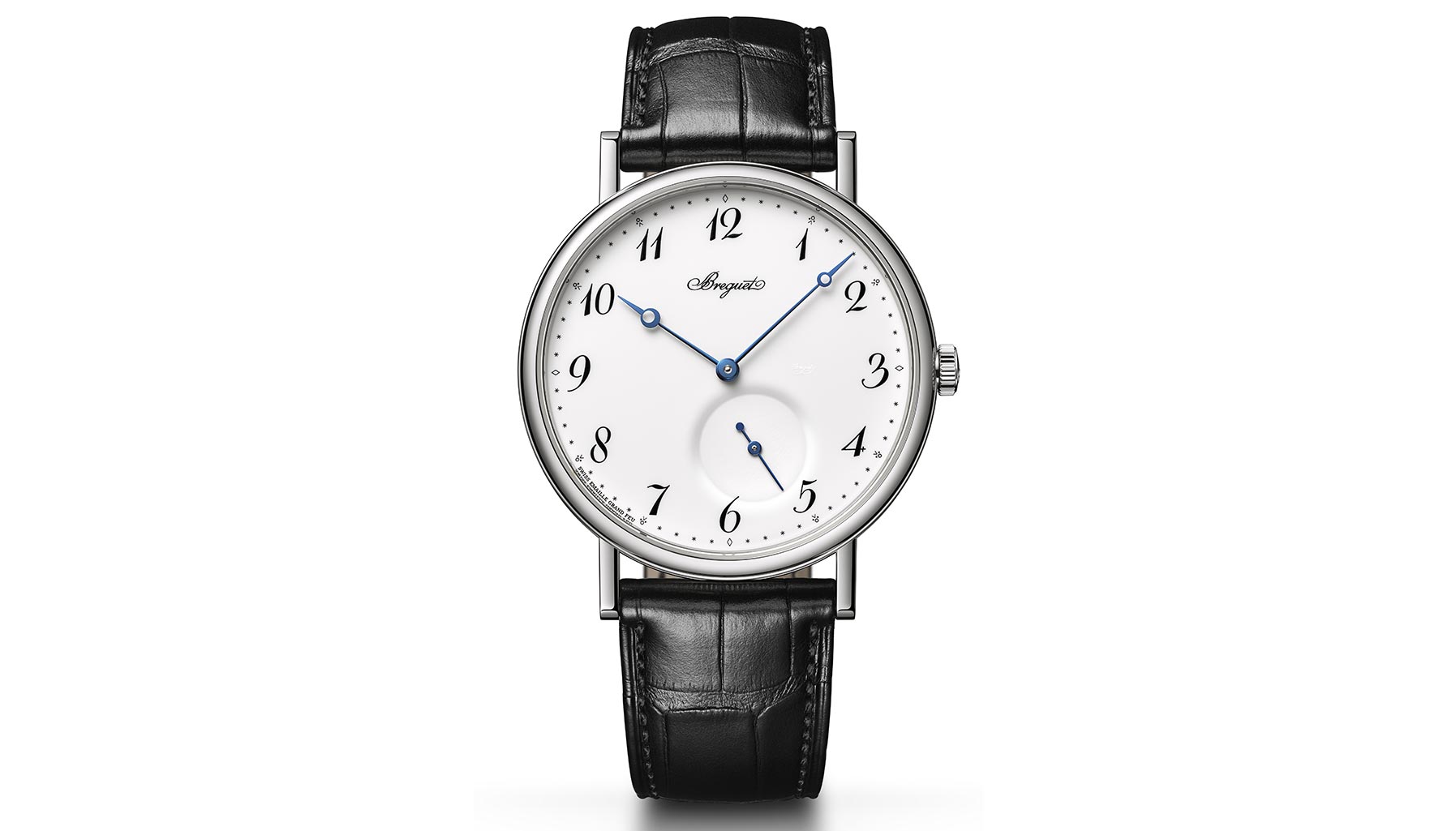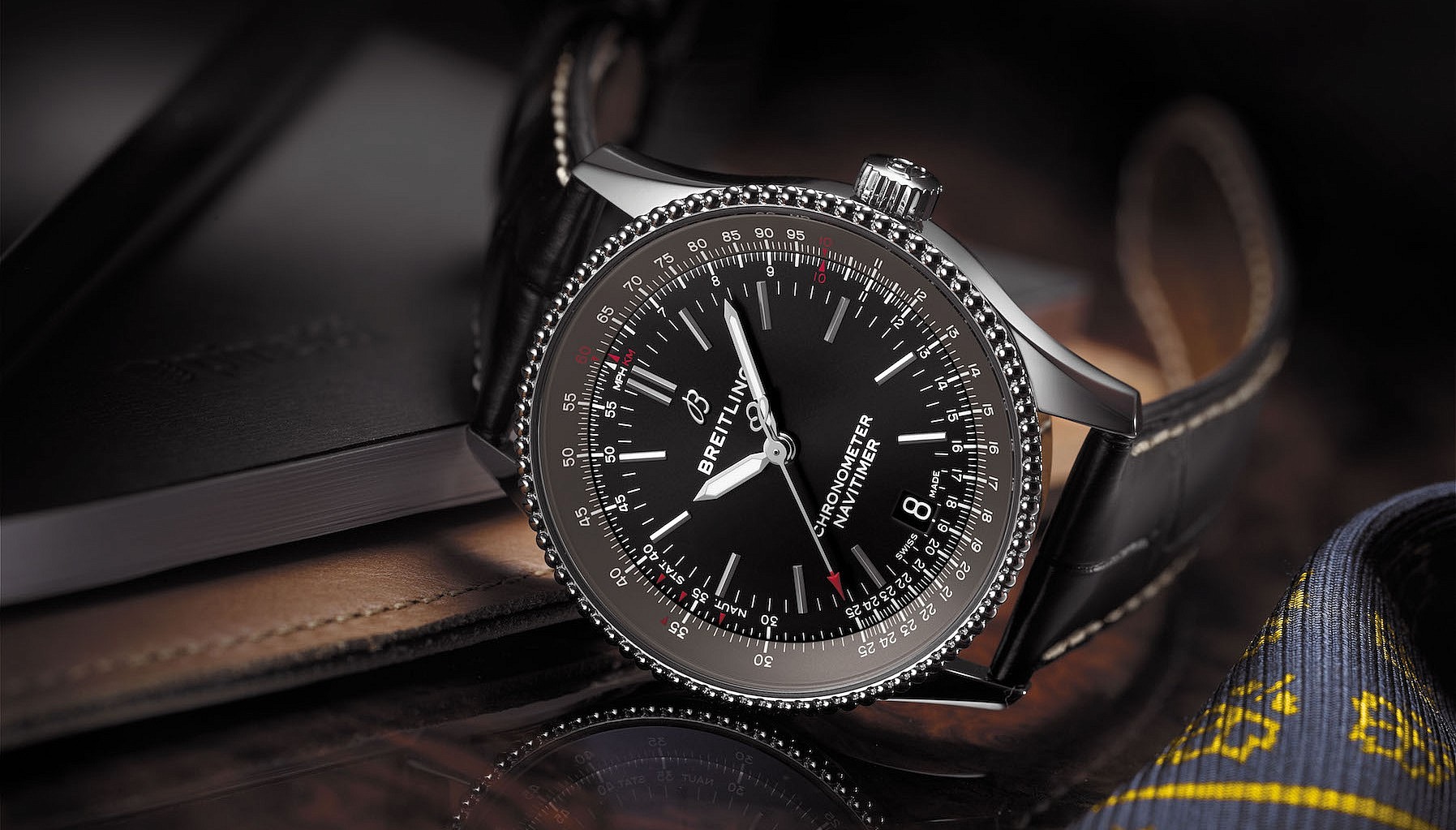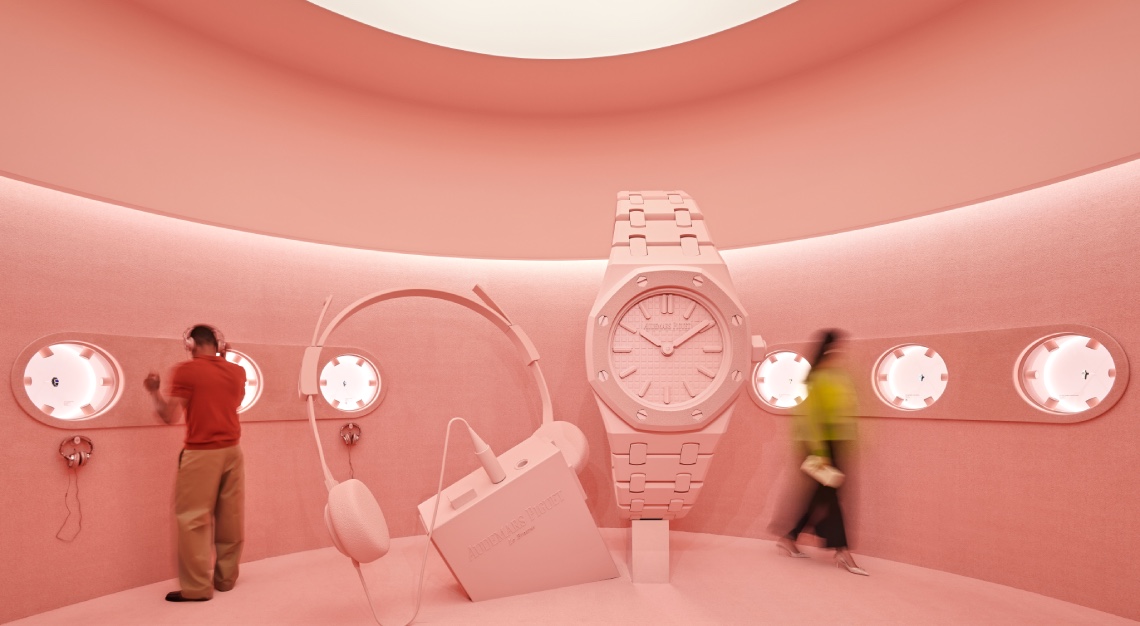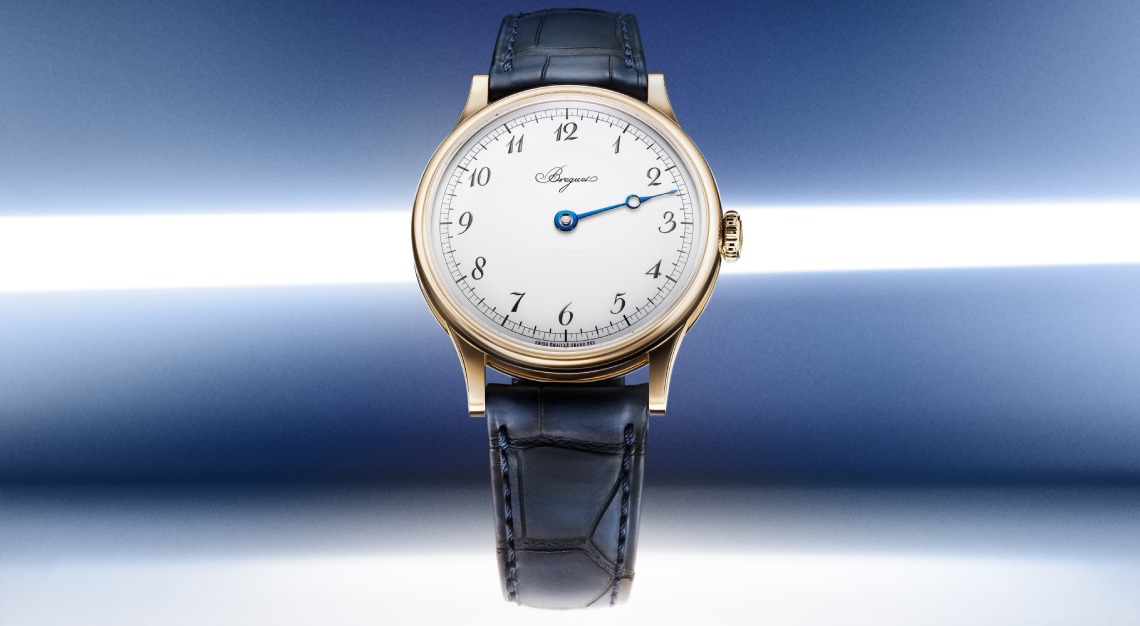The Swiss watchmaking industry has done a phenomenal job of keeping an anachronistic, mechanical technology relevant in the 21st century. Here are the seven brands that are killing it
In an ideal world, with life-changing, planet-shaping technologies at our disposal, we should have shrugged off a global pandemic like water off a duck’s back. But it has not turned out so; rather, with on-again, off-again lockdowns, mask mandates and travel bans, our efforts have been as heroic as they have been ham-fisted, like turning bolts with a wrong-sized wrench: go too gently, there’s no traction; force it, the bolt is damaged and the masses take to the streets.
At its worst, in the first half of 2020, air passenger traffic fell by two-thirds, and global GDP which had tracked between 2.33 and 3.28 per cent in preceding years, flipped the other way to -3.60 per cent. Baselworld was finished when Rolex, Patek Philippe, etc walked out in April, at around the same time that Swiss watch exports fell 62 per cent in value compared to 2019. Thankfully, the rest of 2020 wasn’t so bad and the industry ended the year losing just a bit more than a fifth of its value.
Has the world in 2021 been, as the World Bank described it, “poised to stage its most robust post-recession recovery in 80 years”? Just as we were about to do a wheelie, the Omicron variant has got us by the scruff of our necks, with growth forecasts for major countries including the US, Canada, China, India and Australia significantly downgraded, though there seem to be some bright spots in Europe.
But as sure as spring follows winter, things will change, and likely for the better after bumping against rock bottom. The Swiss watchmaking industry has done a phenomenal job of keeping an anachronistic, mechanical technology relevant and desirable in a digitalised 21st century.
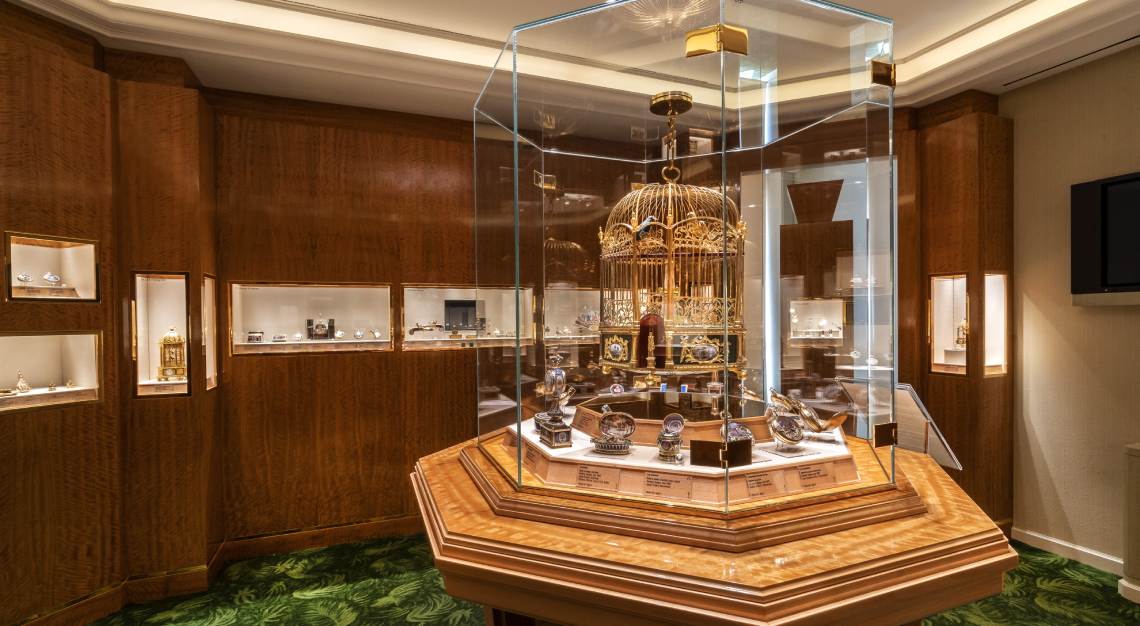
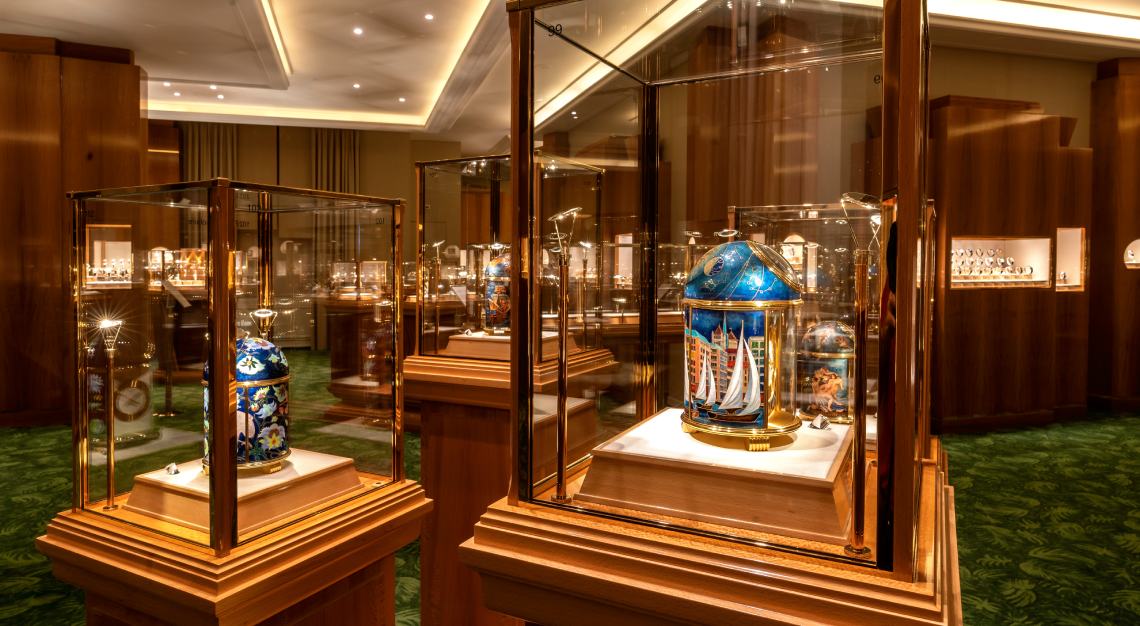
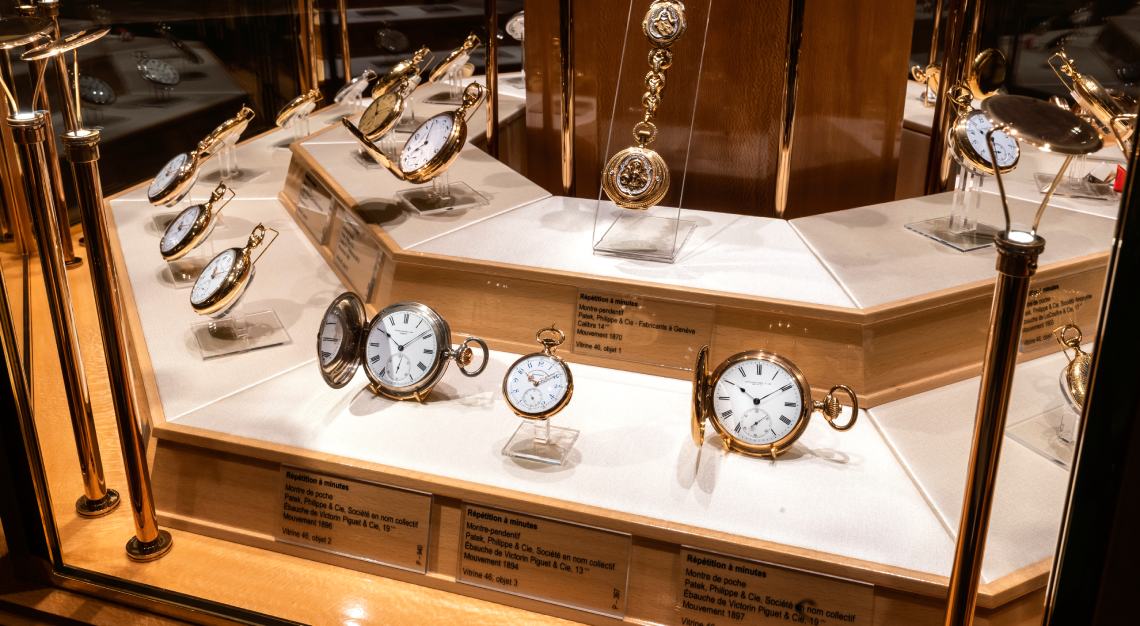
Patek Philippe: The Custodian
Every watchmaking company is a custodian of sorts, each in its own way preserving the wonderful legacy of watchmakers through the centuries. But there is a distinction in scale and consequence, by which measure Patek Philippe is one of the big boys. Even as innovation is crucial, Patek Philippe is the standard-bearer of so much that is cherished of watchmaking that every little step forward must be considered in the light of defining what must not change.
Last year, the manufacture celebrated 20 years of the Patek Philippe Museum, a storehouse of horological treasures with some 2,500 watches, automata, precious objects and portrait miniatures on enamel. It’s a five-century tableau of Genevan, Swiss and European horological tradition, and also a chronicle of Patek Philippe’s production since 1839.
Patek Philippe is not above letting its hair down on occasion, though. It recently joined the bandwagon of companies releasing watches in cheerier, candied colours; to dispel the gloom of recent times, perhaps. Many of these watches earned a fat chunk of likes on social media; only the minty Tiffany & Co dial Nautilus got auctioned for US$6.5 million (S$8.77 million).


Audemars Piguet: Master Builder
Audemars Piguet recently took delivery of a new building in Le Locle, and another is being constructed in Le Brassus, expected to be completed in 2025. Both Manufacture des Saignoles (Le Locle) and Arc (Le Brassus) are designed to be modular in accordance to the manufacture’s operating philosophy, integrated by design into the natural environment and built to sustainable ecological principles. Architectural marvels, but Audemars Piguet is not in the buildings business. Rather, it builds great watches. And yet it stands out from its distinguished peers by also being a methodical and effective builder of its own cultural footprint. From art, media and fashion to popular culture including the rap scene and professional basketball, Audemars Piguet commands an enviable presence, to say the least. For all its deep heritage and roots in Swiss watchmaking, Audemars Piguet did not wait for the world to be drawn to its doorstep, but instead stepped boldly beyond the Swiss valleys to understand and participate in contemporary culture.

Richard Mille: A Donor’s Club for Medical Research
Richard Mille thinks far ahead enough that consumers have to play catch up much of the time. Bouncing tourbillons off walls, employing materials birthed in centrifuges, executing gemstone gear trains and creating an aesthetic that is new, bold and evolving: it is for such qualities and being able to convince the watch collector of its vision that Richard Mille watches ride the very crest of the watch price tidal wave. This out-of-the-box drive and philosophy is so ingrained in the brand, it makes its mark in everything Richard Mille touches, and certainly in the area of corporate social responsibility.
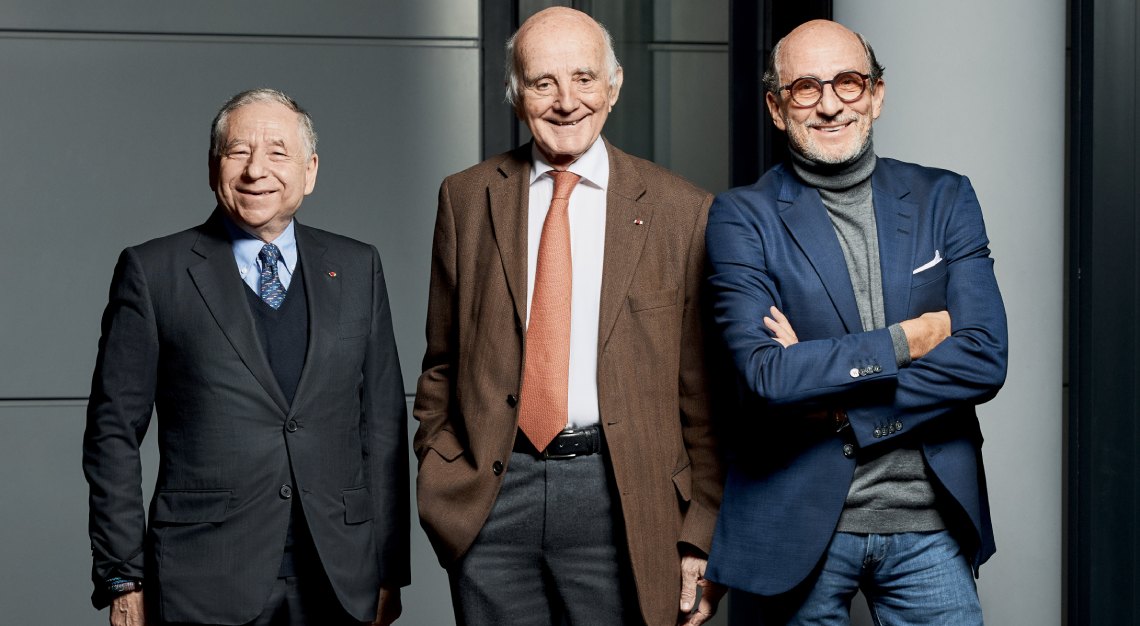
Created in 2010, the Paris Brain Institute (Institut du Cerveau, ICM) located within Pitié-Salpêtrière Hospital in Paris brings together some 700 doctors, researchers and entrepreneurs from all over the world to accelerate the development of solutions for brain-related maladies. It is ranked second among the 35 international institutions active in neurological research. Mille has been supporting ICM since 2012, and in 2019 became a member of the institute’s Campaign Committee. In 2021, Mille started a Donors’ Club to serve as a channel for Richard Mille customers to support the efforts of the ICM. Says Mille: “Supporting a structure as advanced and promising as the ICM is a noble cause. Lending our support to this research helps saves lives and improve many existences.”
Brain-related diseases, which affect nearly a billion people worldwide, are generally very inclusive. We urgently need as much out-of-the-box thinking in this area as we can spare.
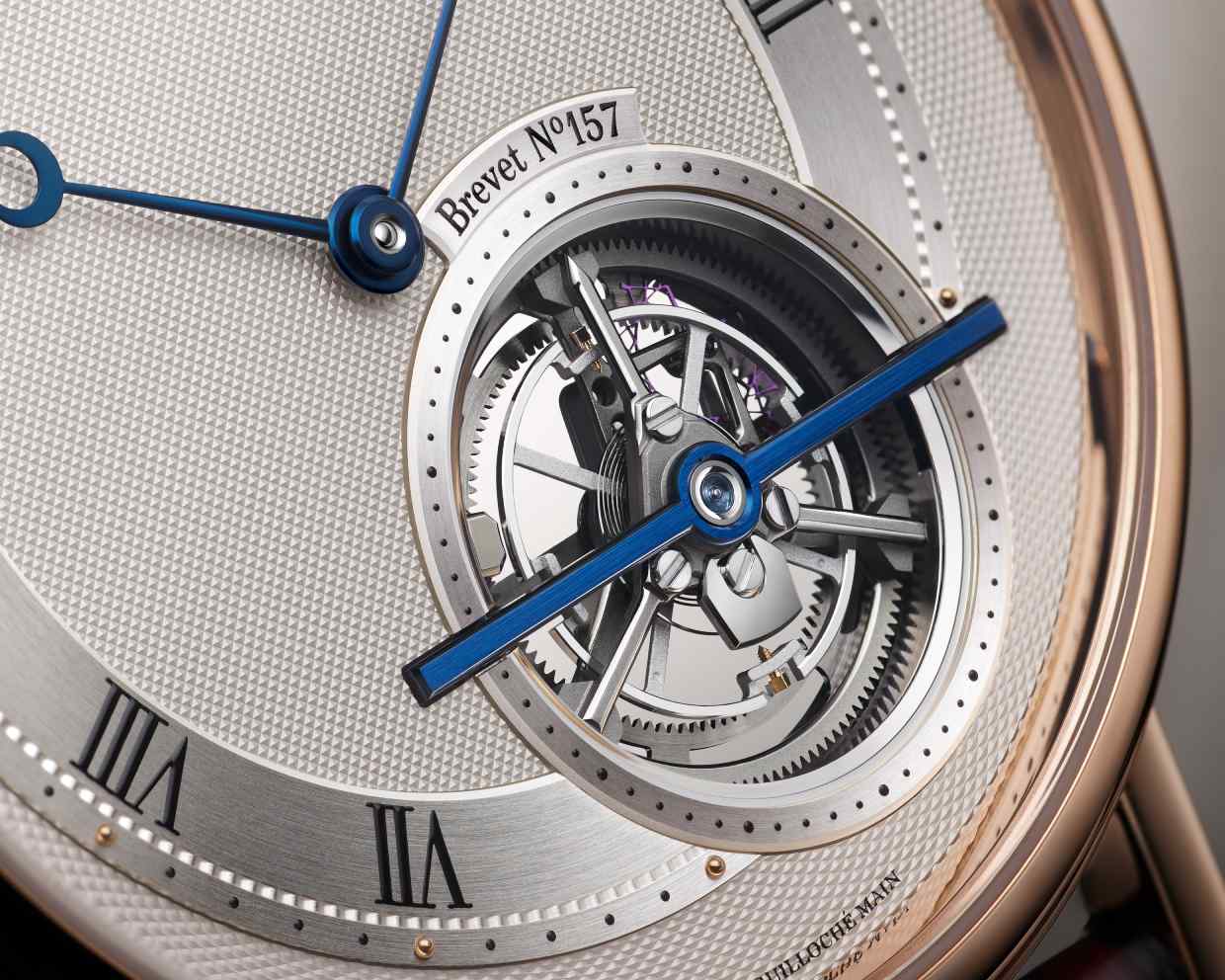
Breguet: Possibly a New Direction
It rains tourbillons at Breguet. And unlike other companies that also create tourbillons, Breguet can say: “Breguet invented that!” That’s its unique privilege that comes from inheriting the mantle of Abraham-Louis Breguet, who has penned a lion’s share of the story of watchmaking with a string of important innovations and inventions, including the tourbillon.
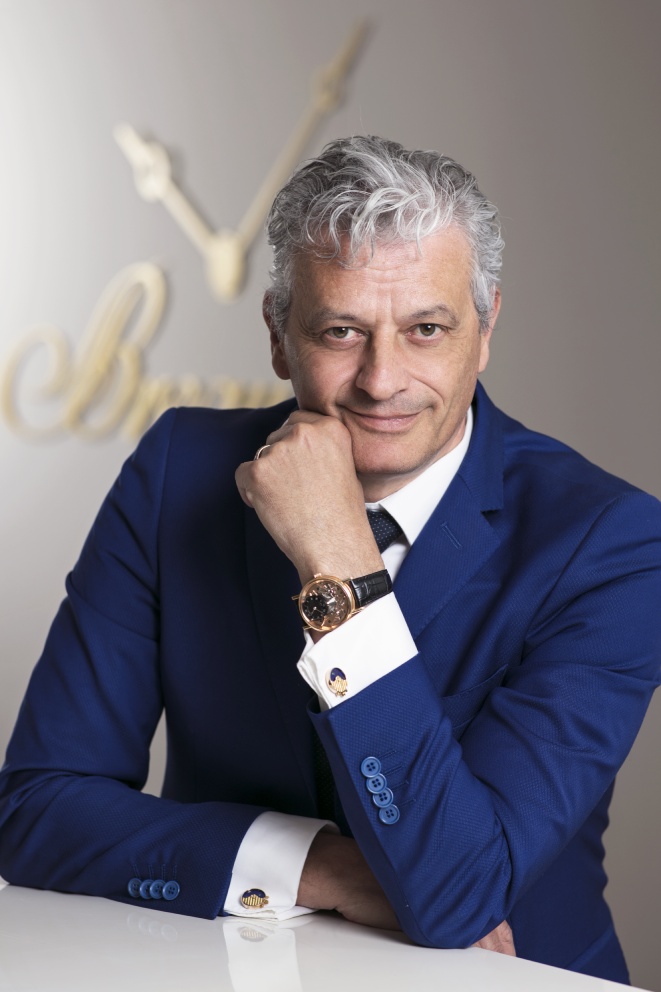
But the most exciting news to come out of the manufacture in recent days isn’t about any watch, but rather the appointment of Lionel a Marca as CEO in August 2021. A watchmaker by training, Marca spent 30 years with Swatch Group, moving up the ranks from working on and developing movements to quality management before landing the top job. A good soldier doesn’t always make a good general; tactics and strategy are just different things. But there aren’t that many with Marca’s background heading a storied watchmaking house. That’s sure to stir the waters, at least a little bit.
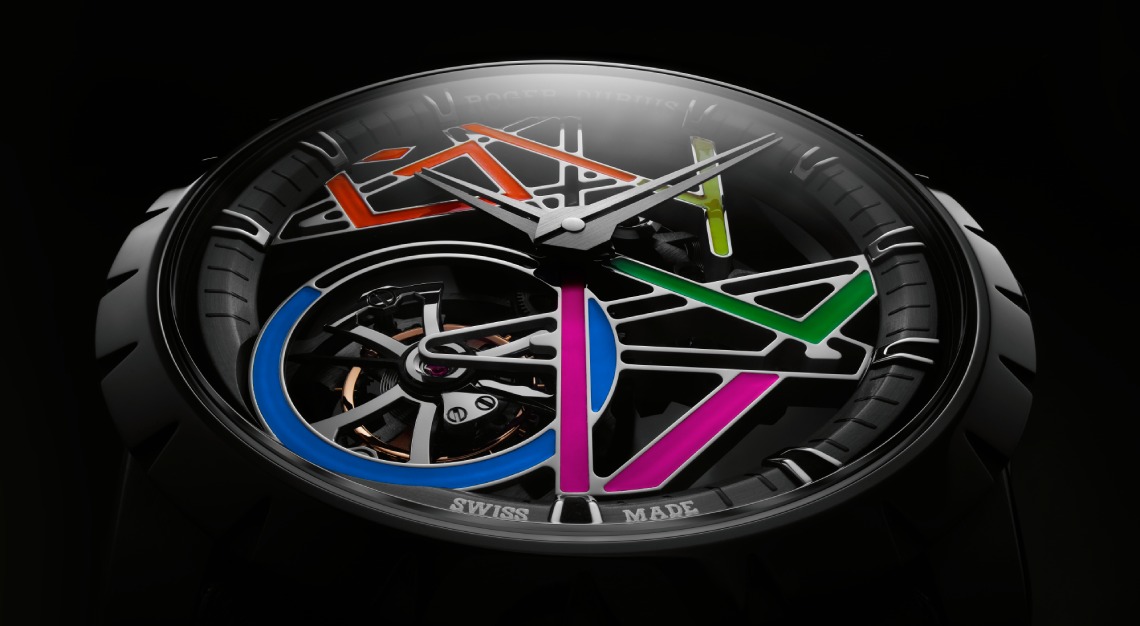
Roger Dubuis: In the Groove
Pushing boundaries often involves sticking a finger in the eye of convention. White socks with black shoes were an uncomfortable ensemble till Michael Jackson moonwalked into our collective consciousness, and in more recent times, one thinks nothing of going sockless, on the trail blazed by fabulously hip Korean celebrities. Ever pushing forward, Roger Dubuis too has had its odd phases. At one time, it offered a broad collection bearing a diffused appeal over diverse segments, from retro-glam and luxury steampunk to dragon-slaying. Those days are past. In recent years, the Roger Dubuis collection has got its fat trimmed to muscle, and the spirit of its work is now tautly focused, clearly communicated and ready to conquer. Roger Dubuis has hit its groove: making extreme watches for the younger one per cent, imbued with the extreme performance, glamour and design that mirror the want-it-all, live-it-all mindset of go-getting millennial millionaires and youngish tycoons. We see this in the Excalibur range, which now makes up about 90 per cent of Roger Dubuis’ present collection. Like the brand, most of them have shed their dials, are breathtakingly complicated, and seethe with the attitude and confidence of Roger Dubuis’ brand of mechanical wizardry. It’s no gimmick that Roger Dubuis has dropped haute horology for hyper horology.
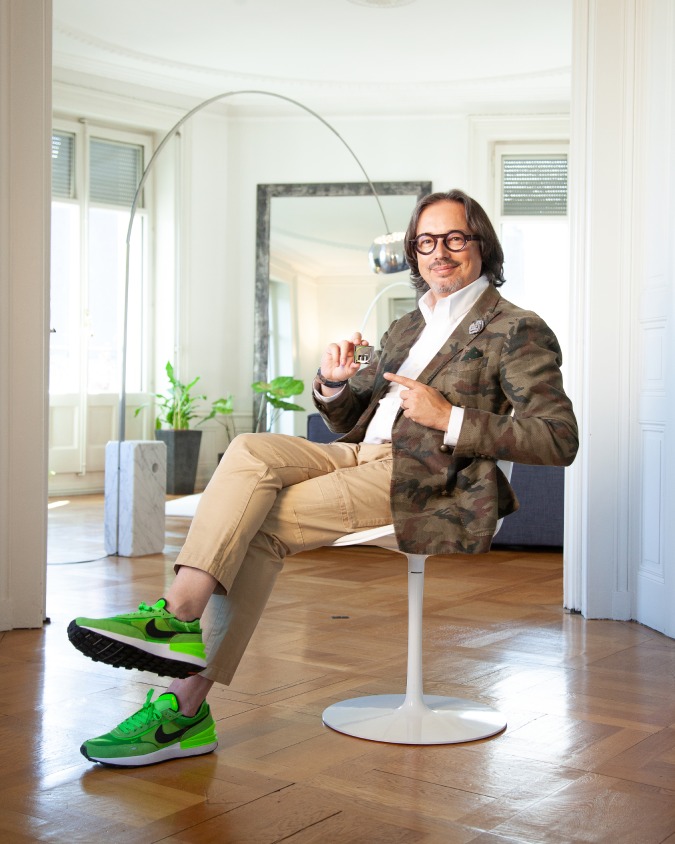
HYT: Take Two
Bell curves are great at describing myriad phenomena in the world in a way that’s intuitive even for non-mathematicians to understand, that normality is shouldered by extremes at the fringes. In the watchmaking world, HYT was one of those small set-ups that inhabited this fringe, fiercely innovative, insanely creative, eschewing hands for micro-ballasts, capillaries and fluorescent fluids to tell the time in an imaginative way. Skulls are creepy, but HYT made them cheery, cool and fun; memento mori with cheek – if such a thing was possible. Then the lights went out as the brand filed for bankruptcy in March 2021. But as we write this in December, HYT has bounced back under a new company and a new CEO, Davide Cerrato, who formerly headed watches at Montblanc. “Except for the technology, we are starting everything afresh, and working a lot on quality which had been an issue in the past,” said Cerrato. HYT will have much-anticipated announcements in January 2022. In the meantime, we note that Cerrato sees consumers in 2022 as desiring uniqueness, creativity, customisation and personalisation. We can expect HYT to lean heavily on design, not least because besides being CEO, Cerrato – a self-described vintage design Jedi – also serves as creative director.
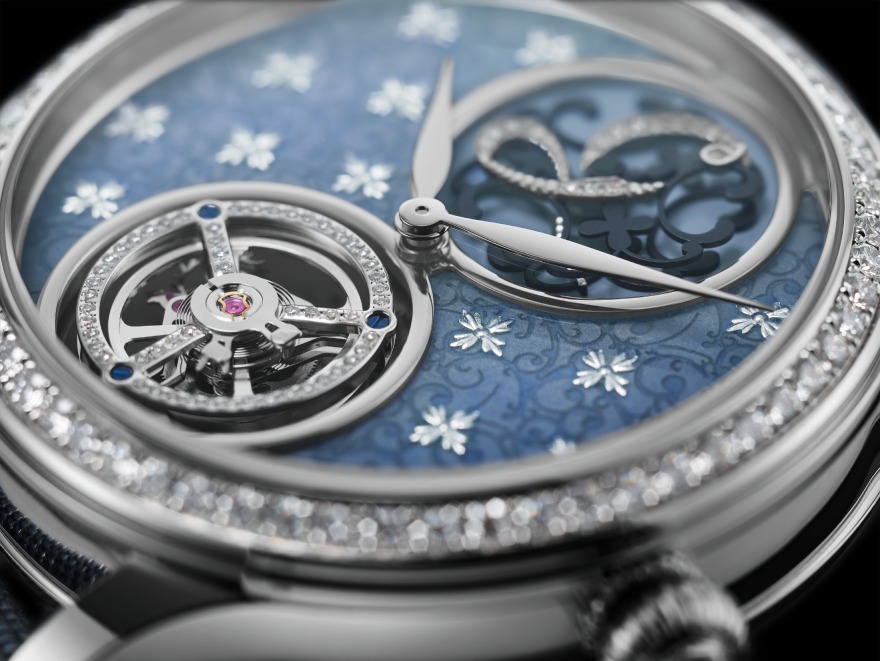
Charles Girardier: Reborn
Important Swiss watchmakers never die, in a way; in that particular sense that values and ideas sometimes outlive the individuals who held them. Such is the case for Charles Girardier, named for a 19th-century Swiss watchmaker who was known for creating beautiful timepieces featuring enamelling, miniature hand painting, and the use of automata to create animations on his dials. His company died with him when Girardier passed away in 1839. Zip forward two centuries, and Patrick Ulm was so enamoured by a Girardier pocket watch he saw in 2019 at the Agatha Christie Museum in London, that he founded a new watch company in Girardier’s name.
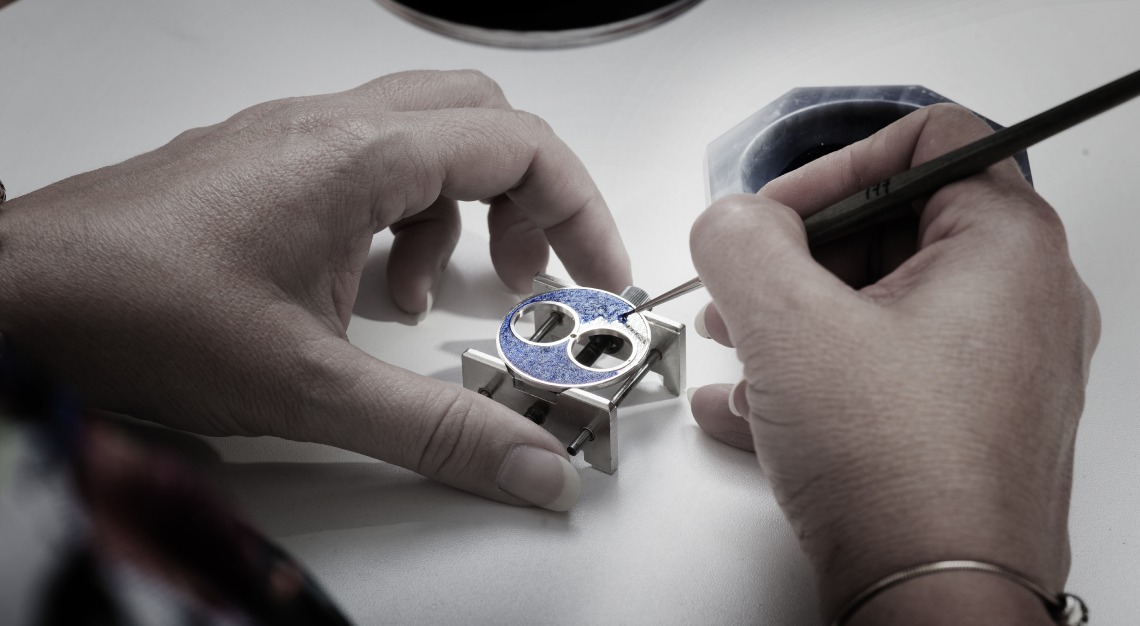
Buying a name to start a company is nothing new in Swiss watchmaking. But how the new company has preserved Girardier’s hallmarks while creating something beautiful, clever and new – layered grand feu enamel and silver leaf on an engraved solid gold dial, customisable signature articulated by oscillating weight, peripheral rotor, luscious frosted finish, among a list of horological delights – was rightly validated when the Charles Girardier Tourbillon Signature Mystérieuse Fleur de sel won the Ladies’ Complication Watch Prize at the Grand Prix d’Horlogerie de Genève 2020. An old name has been recast anew, no less noteworthy than before, ready to bequeath its ancient magic to the modern world.
This story first appeared in the Jan/Feb 2022 issue. Purchase it as a print or digital copy, or consider subscribing to us here
